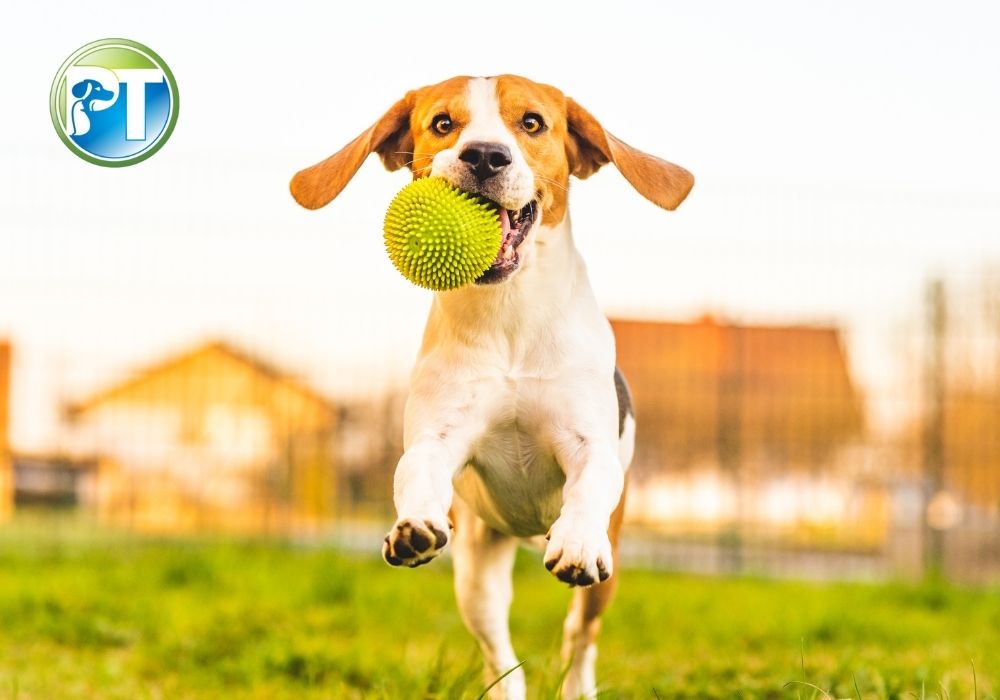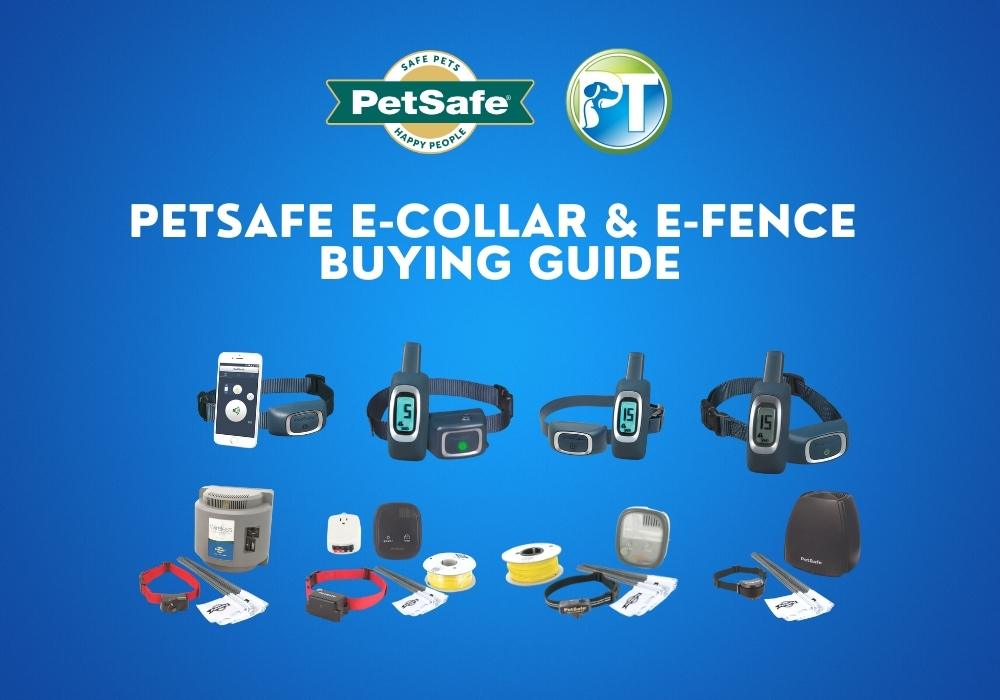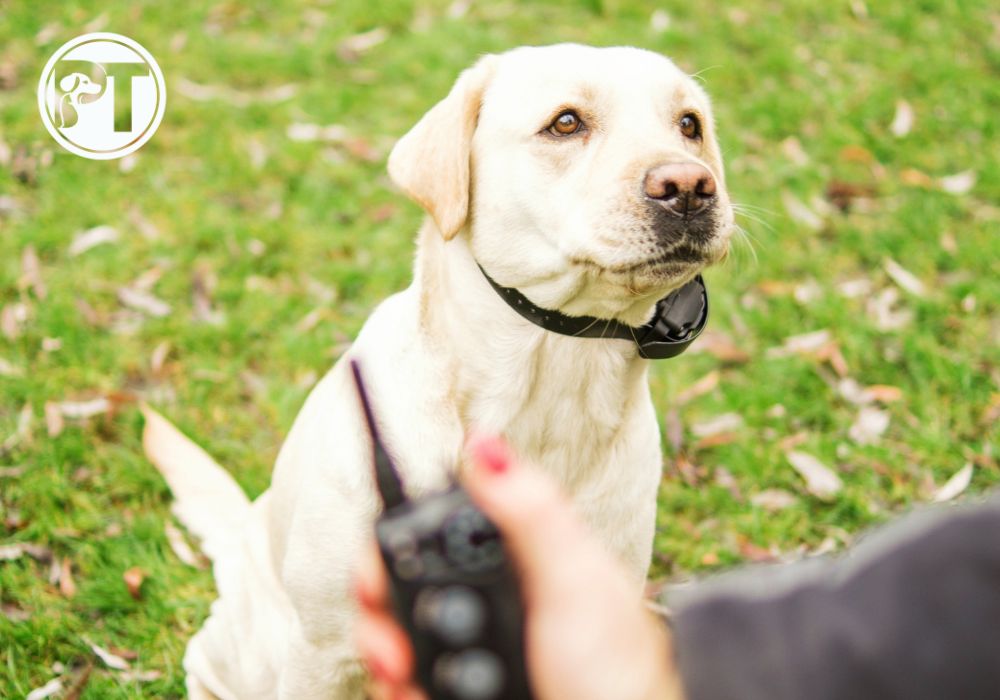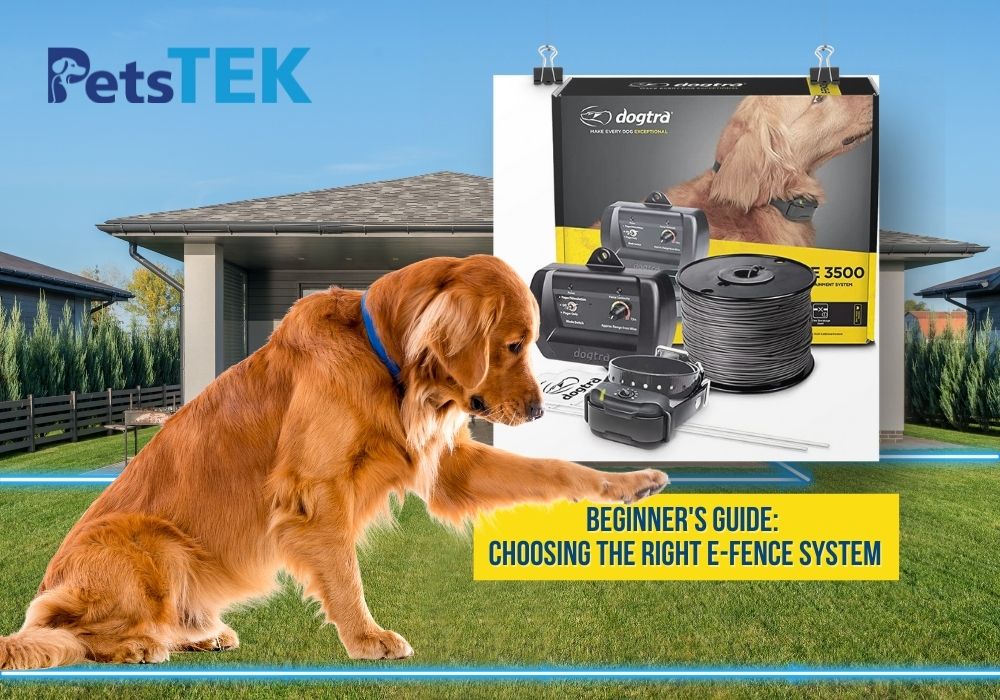How to Escape-Proof Your Yard and Home for Your Dog

Dogs are curious creatures, but sometimes, their desire to explore can lead to attempts at escaping from your home or yard. As a pet owner, you want to give your furry friend the freedom to explore and play. At the same time, however, you must ensure your dog is safe and protected.
Even though it may seem challenging, there are measures you can take to strike a balance between freedom and safety. In this article, we'll share some helpful tips on how to make your yard and home escape-proof for your dog.
Why Dogs Escape
If you want to prevent your dog from escaping your yard or home, you need to understand why they may try to do so. Dogs have an innate desire to explore, but there are other underlying reasons that drive them to escape. These include boredom, fear, separation anxiety, and mating instinct.
-
Natural Instinct
Dogs are naturally curious animals, driven by their senses of smell, sight, and hearing. They have an inherent need to investigate their environment, which includes roaming and exploring beyond their immediate surroundings. This curiosity can lead to a desire to venture outside, especially when they detect intriguing scents, sounds, or animals.

-
Boredom and Lack of Exercise
To keep dogs happy and healthy, providing them with both physical and mental stimulation is important. A bored or underexercised dog may become restless and seek ways to alleviate their boredom. This can manifest as digging under fences, squeezing through gaps, or climbing over barriers to find stimulation elsewhere.

-
Fear or Phobias
Pets can experience fear for various reasons, such as loud noises, other animals, or past trauma. If your dog is feeling anxious or fearful, they may exhibit barking, whining, pacing, panting, hiding, or bolting.

-
Separation Anxiety
Some dogs develop separation anxiety, a condition in which they become highly anxious when separated from their owners. Pets with separation anxiety may try to escape to reunite with their owners.

-
Mating Instinct
Unneutered male dogs may try to escape to find a mate during mating season. They may be tempted to dig under fences, climb gates, or break through windows.

How to Make Your Yard and Home Escape-Proof for Your Dog
Escaping from the safety of your home or yard can be a risky adventure for your dog. To prevent escapes, consider these steps:
Step 1: Identify potential escape routes.
The first step in escape-proofing your dog's environment is to identify all potential escape routes. These include things like:

-
Holes in the fence
Identify any holes in your fence, no matter how small they may seem. Even a small hole can be enough for a small dog to escape through.
-
Gaps under gates
Gates are another common escape route for dogs. Check the areas beneath your gate for openings your dog could crawl into.
-
Trees or other objects that your dog could climb over
Assess your yard for objects your dog might use to climb over the fence or barrier.
-
Doors and windows that are improperly secured
Inspect all windows and doors that lead to the outside to ensure they cannot be easily pushed open.
Step 2: Secure all escape routes.
Once you have identified all of the potential escape routes, you can start taking steps to block them.

-
Repair holes in the fence.
Use a fence repair kit to patch any holes in your fence. If the hole in the fence is large, you may need to replace the entire section of the fence.
-
Install latches on gates.
Ensure all gates in your yard have secure latches. It may be worth considering the installation of deadbolt locks. Check the latches and locks on your gates regularly to make sure they are still working properly.
-
Trim trees or other objects that your dog could climb over.
Trim back any trees or other objects in your yard that your dog could climb over. If you have a fence, make sure that it is high enough to prevent your pet from jumping over it.
-
Lock windows and doors.
Ensure that all windows and doors in your home are locked, especially on the ground floor. It might be a good idea to put in window guards or door locks.
Step 3: Create a safe and secure perimeter.
If you have a yard, it is important to create a safe and secure perimeter. This can be done with a fence, gate, or other barrier.
How to Choose the Right Fence for Your Dog

1. Determine your dog's needs.
Consider your dog's size, breed, and temperament to determine their specific fencing requirements. Some dogs are expert climbers or diggers, while others may be content with a standard fence. For example, a Jack Russell Terrier may require a different fence than a larger, more powerful breed like a Siberian Husky.
2. Understand different fence materials.
Familiarize yourself with various fence materials, including wood, vinyl, chain-link, and metal. Each material has its advantages and disadvantages, so choose one that suits your dog's needs and preferences.
3. Choose the right fence height.
Select a fence height that your dog cannot easily jump or climb over. For jumpers, opt for a fence that's at least 6 feet tall. Meanwhile, climbers may require angled or coyote rollers to deter them.
4. Consider fencing depth.
If your dog is a digger, choose a fence that extends below ground to prevent digging under. Install a barrier like chicken wire or a concrete footer to discourage digging attempts.
5. Check your budget.
Factor in your budget when selecting a fence material and installation. Chain-link fences are cost-effective, while vinyl and wood fences may be more expensive but offer added aesthetics.
Other Barriers
There are other ways to create a safe and secure perimeter for your dog using other barriers besides a fence or gate. Here are a few ideas:
-
Install a dog run.
A dog run is a fenced-in area that is specifically designed for dogs to exercise and play. Dog runs are typically found in parks, dog parks, and other public spaces. A dog run is a great way to provide your dog with a secure outdoor space without having to build a fence.

-
Use a wireless fence.
A wireless dog fence uses a radio signal to keep your dog within a specific boundary. Wireless e-fences can be a good option for dogs prone to jumping or digging under fences.

Wireless fences offer several advantages over traditional fences. These include being invisible, customizable, cost-effective, easy to install, adjustable, and portable. Wireless dog fences provide a secure and affordable way to contain your pet without altering the visual appeal of your property.
Are you considering installing an e-fence for your dog? If so, take a look at these few suggestions:
1. Petsafe PIF00-12917 Stay and Play Compact Wireless Fence

The PetSafe Stay & Play Compact Wireless Fence is a wireless fence system that allows your dogs to roam safely in your yard. It offers a wide 3/4-acre circular coverage, ensuring your dog has ample space to explore within well-defined boundaries. With 5 levels of static correction and a tone option, you can tailor the training to suit your dog's needs.
No more worries about your pet getting lost during trips. This portable pet containment system allows you to establish a secure boundary wherever you go. The system includes a waterproof receiver collar suitable for dogs weighing 5 pounds or more.
2. PetSafe PIG00-11115 YardMax Rechargeable Fence

The PetSafe YardMax Rechargeable Fence offers a 1/3 acre of coverage, with 5 levels of customizable static correction and a tone-only mode. Unlike other in-ground fences, this system corrects your dog only when they cross the wire. This gives them an extra 30% of yard space for running and play.
The collar is rechargeable and adjustable, with a single charge lasting up to 3 months. Plus, it's expandable, accommodating unlimited pets with additional collars.
Step 4: Supervise your dog.
Even if you have taken all of the necessary precautions, it is important to supervise your dog when they are in the yard or outdoors.
Here are some tips:
-
Be present.
When your dog is outside, try to be present with them as much as possible. This means paying attention to their actions and being prepared to intervene if necessary.
-
Take breaks.
If you can't supervise your dog the entire time they're outside, take breaks to check on them. You may want to consider using a baby monitor or doorbell camera to keep an eye on them from inside your home.
-
Observe your dog's body language.
Dogs communicate through body language, so it's crucial to be able to read your dog's signals. If your dog appears stressed, anxious, or aggressive, identify the cause or seek help from a qualified animal behaviorist.
Final Thoughts
Escape-proofing your dog's environment ensures their safety while allowing them to explore and play freely. With a few simple steps, you can create a secure space where your dog would be less likely to escape.
You might also enjoy...
-
Posted in
E-Collar Info & Guides, Training Tips


